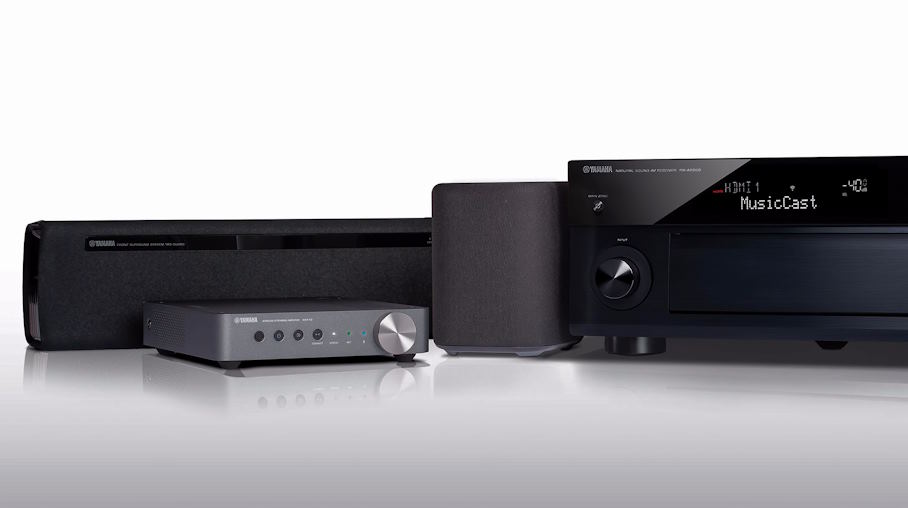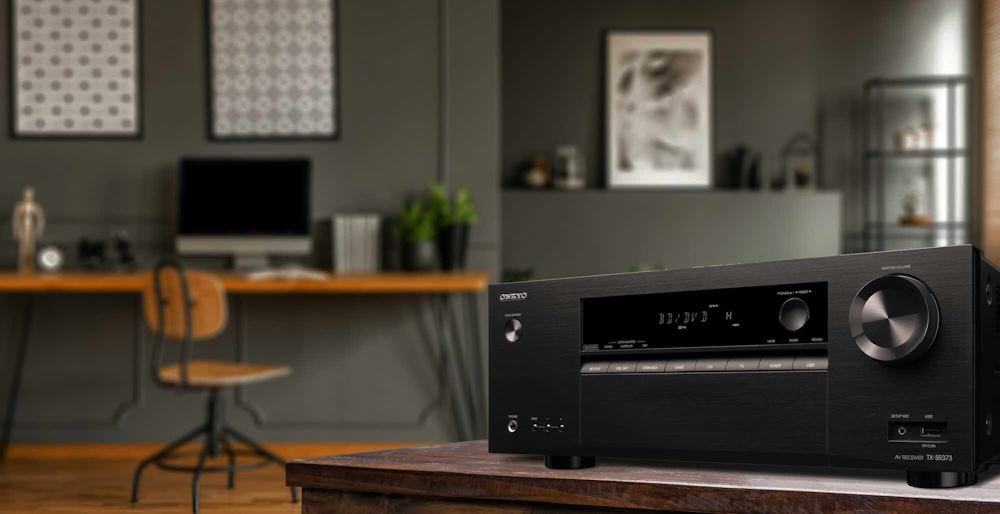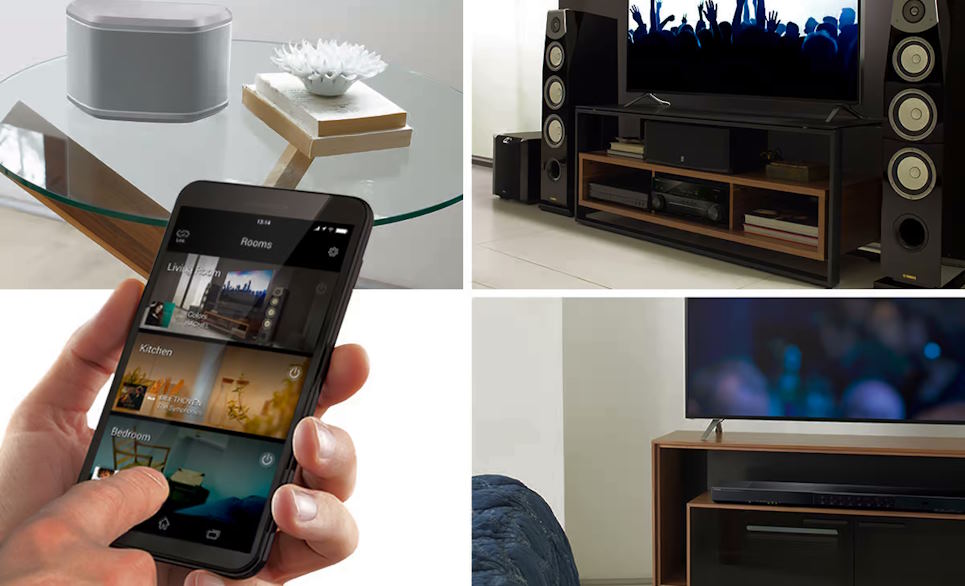In the modern era of home entertainment, the desire for immersive and flexible audio experiences has led to the widespread adoption of multi-room audio systems. These systems empower homeowners to fill their living spaces with high-quality music, seamlessly transitioning from room to room, creating an atmosphere that resonates with their mood and preferences. While speakers, source devices, and network connectivity play critical roles in making multi-room audio possible, there’s a silent hero behind the scenes: the AV receiver.
The Role of AV Receivers in Multi-Room Audio
What is an AV Receiver?
An Audio-Video (AV) receiver is the unsung hero of your home entertainment setup, especially when it comes to multi-room audio systems. At its core, an AV receiver is a central component designed to process, amplify, and distribute audio and video signals to your speakers and display devices. Think of it as the conductor of your home entertainment orchestra, coordinating the harmonious interaction of various instruments – your speakers, TV, gaming consoles, and streaming devices.

Functions and Features of AV Receivers
- Audio Processing and Decoding: One of the primary roles of an AV receiver is decoding audio signals from various sources. It takes the digital audio from your Blu-ray player, game console, or streaming device and transforms it into crystal-clear sound for your speakers.
- Amplification: According to a Halo’s receivers review, AV receivers come equipped with integrated amplifiers designed to enhance audio signals, delivering the essential power required to efficiently operate your speakers. This amplification ensures that the sound is not just audible but also immersive.
- Video Switching and Processing: AV receivers also excel at video duties. They serve as a hub for all your video sources, switching between them and enhancing video quality through upscaling and other processing technologies.
- Networking Capabilities: In the age of smart homes, AV receivers often come equipped with networking capabilities. They can connect to your Wi-Fi network, enabling streaming from online services and allowing you to control them via apps or voice commands.
- Integration with Other Devices: AV receivers are designed to integrate seamlessly with other devices in your home entertainment setup. This includes compatibility with gaming consoles, smart TVs, and even voice assistants like Alexa or Google Assistant.
Central Control and Distribution Point
An AV receiver isn’t just a workhorse; it’s also the central control point for your multi-room audio system. It coordinates audio distribution to different zones or rooms, making it possible to play different content in various areas simultaneously or synchronize the experience for a whole-home audio extravaganza.
Compatibility with Various Audio Formats and Sources
AV receivers are versatile when it comes to audio formats and sources. Whether you prefer streaming music, vinyl records, Blu-ray discs, or gaming soundtracks, AV receivers are equipped to handle a wide array of audio sources and formats, ensuring that you can enjoy your audio content without limitations.

AV Receivers and Multi-Zone Audio
Multi-Zone vs. Single-Zone AV Receivers
When diving into the world of multi-room audio, you’ll encounter a fundamental choice: multi-zone or single-zone AV receivers. Single-zone receivers are designed to power a single audio and video setup, typically for a living room or home theater. Multi-zone AV receivers, on the other hand, are built with the capability to manage and distribute audio and video signals to multiple zones or rooms in your home. This key distinction sets the stage for a more immersive and versatile audio experience.
Setting Up and Configuring Multi-Zone Audio
Configuring multi-zone audio with a multi-zone AV receiver may sound complex, but advancements in technology have made it surprisingly user-friendly. Typically, you’ll start by designating which speakers or rooms you want to include in each zone. Most modern AV receivers allow for flexible zone assignments, enabling you to customize your setup to suit your preferences.
After physically connecting your speakers to the AV receiver, you can easily set up and configure each zone through the receiver’s user interface. This interface provides control over the source selection, volume levels, and even synchronization options, making it a breeze to create a tailored audio experience throughout your home.
Benefits of Multi-Zone AV Receivers in Multi-Room Systems
The advantages of opting for a multi-zone AV receiver in your multi-room audio system are numerous. Firstly, multi-zone receivers provide the flexibility to play different audio content in various zones simultaneously. This means family members can enjoy their music choices in different parts of the house without conflict.
Additionally, multi-zone AV receivers often offer independent volume control for each zone, ensuring that everyone can enjoy their preferred volume levels. This flexibility extends to the synchronization of audio, allowing you to harmonize your home’s audio experience or create unique soundscapes in different rooms.
